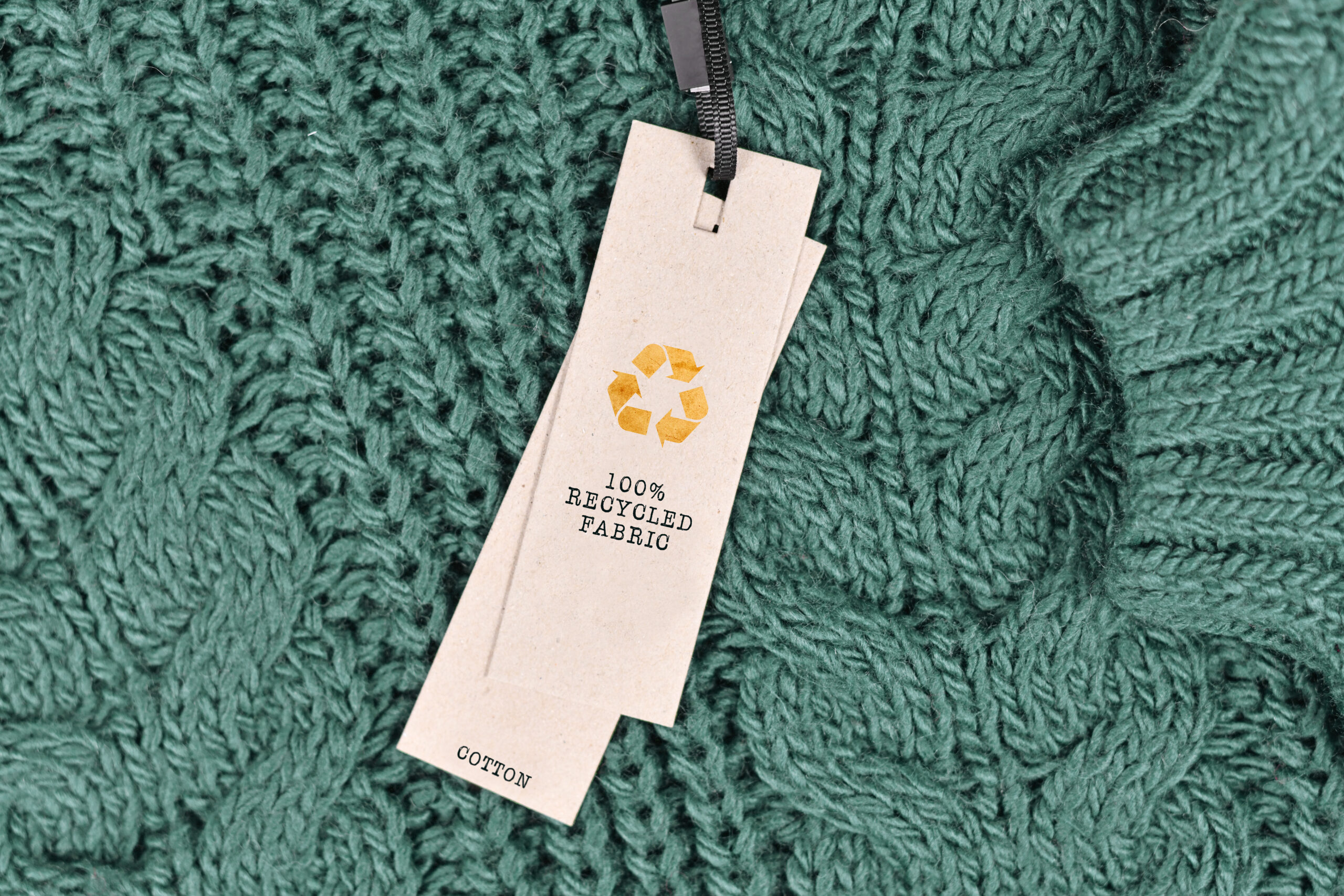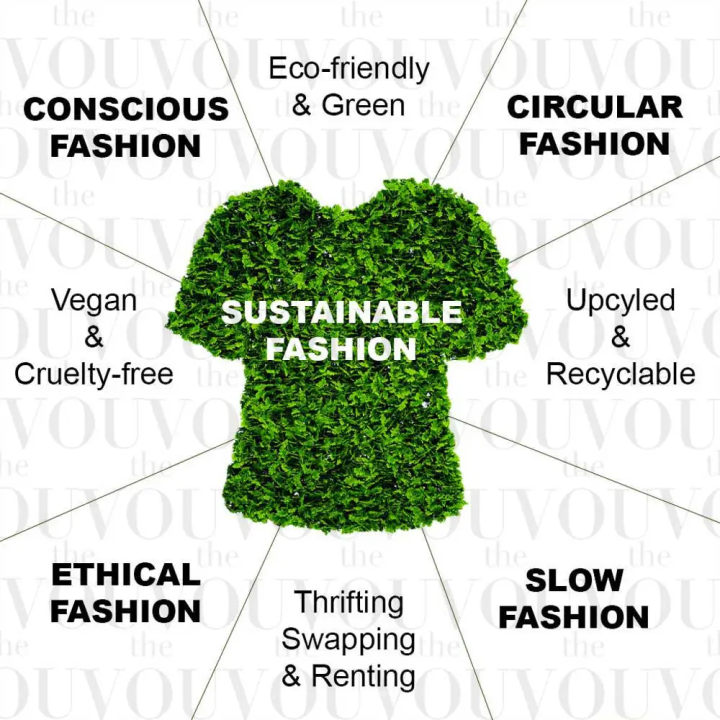Cape Town Sustainable Fashion: Moral Apparel for a Much Better Earth
Cape Town Sustainable Fashion: Moral Apparel for a Much Better Earth
Blog Article
Remain Ahead of the Curve by Exploring Innovative Fashion Trends
In a sector as vibrant as style, remaining ahead involves greater than simply adhering to existing fads-- it requires an expedition of technology. Smart fabrics, for example, are changing garments right into practical work of arts, while 3D printing is changing layout procedures with its personalized, waste-reducing capabilities. As sustainability ends up being a keystone, technologies like green materials and circular fashion methods are reshaping environmental obligation - Cape Town Sustainable Fashion. In addition, the merging of technology and fashion advertises a brand-new era of customer involvement. Just how, after that, can these arising trends redefine the future of style, and what ramifications do they hold for brands looking for to flourish in this progressing landscape?

Accepting Smart Textiles
In recent times, the apparel industry has actually observed a transformative shift with the integration of wise fabrics, a cutting-edge advancement that mixes innovation with textile. This advancement stands for not just a blend of visual appeals and performance however likewise a considerable leap in the direction of sustainability and customization in style. Smart textiles, likewise called e-textiles, embed sophisticated electronic devices such as sensing units and conductive strings within the material, allowing garments to connect with the user or the atmosphere.
These textiles are made to monitor physical criteria, such as heart price or body temperature level, offering real-time health analytics. Past health and wellness applications, smart textiles are additionally being made use of for flexible clothes, which can change shade or pattern in action to environmental stimuli, thus supplying a vibrant fashion experience.
Moreover, the growth of energy-harvesting fabrics that produce power from motion or sunlight is leading the way for self-sufficient wearable modern technology. This innovation is interesting eco mindful consumers and designers aiming to decrease the ecological footprint of fashion. As research and development in this area development, smart fabrics are expected to become significantly common, reshaping the landscape of modern-day fashion with their multifunctional abilities.
The Increase of 3D Printing
Transforming the manufacturing landscape, 3D printing has emerged as a game-changer in the apparel industry. This innovative innovation has actually allowed designers to push the boundaries of creativity, producing intricate and tailored garments that were formerly inconceivable. By leveraging digital layout and additive manufacturing, 3D printing helps with the production of complicated geometries and patterns, permitting designers to experiment with new textures and frameworks.
A notable benefit of 3D printing in style is its capacity to create on-demand, minimizing waste and minimizing inventory requirements. This efficiency not only maximizes production processes however also enables fast prototyping, allowing developers to bring their visions to life in a shorter duration. Furthermore, 3D printing sustains customization somewhat unrivaled by conventional approaches, supplying special layouts and personalized fits tailored to specific consumer preferences.
The surge of 3D printing has likewise equalized fashion, making it obtainable to emerging developers that can now produce premium items without significant financial investment in standard production infrastructure. As modern technology continues to advance, the fashion sector is poised to harness the full capacity of 3D printing, discovering new materials and strategies that will most certainly redefine how style is developed and produced.
Sustainable Style Innovations
As the fashion business comes to grips with journalism need for environmental duty, lasting fashion innovations have actually arised at the leading edge of transformative modification. The growing recognition of eco-friendly influence has actually fueled a change in the direction of more eco-conscious practices and products. Designers and brands are now focusing on sustainability, including techniques that reduce waste and reduce carbon impacts.
One significant development is the rise of circular fashion, which highlights recycling and upcycling to extend the lifecycle of garments. This approach not only decreases waste yet likewise motivates consumers to adopt an extra conscious technique to clothing usage.
An additional development hinges on the fostering of innovative dyeing methods that make use of natural dyes you can try here or waterless processes, therefore minimizing the substantial amounts of water and chemicals typically utilized in fabric dyeing. Furthermore, developments in biotechnology have actually brought about the creation of lab-grown leather and fabrics, using environmentally friendly and cruelty-free alternatives to traditional products. Via these introducing initiatives, the apparel industry is making purposeful strides in the direction of a more sustainable future.

Tech-Integrated Clothing
Tech-integrated clothing represents a cutting-edge blend of fashion and technology, improving exactly how individuals connect with their garments. This ingenious domain name is noted by the inclusion of clever textiles and embedded electronic components, boosting both performance and aesthetic allure. From physical fitness trackers installed in sports apparel to heated coats controlled using mobile phone applications, tech-integrated clothing offers customers unprecedented ease and versatility.
Introducing brands are driving this pattern, focusing on producing garments that respond to environmental stimuli or user commands. For circumstances, some garments can transform shade or pattern in feedback to temperature level changes, while others include biometric sensors to keep track of health metrics like heart rate or stress levels. The seamless combination of innovation into textiles additionally includes ecological sustainability, with initiatives to establish self-cleaning materials or garments that adapt to climate condition, thus minimizing the need for numerous layers.
Additionally, the development of wearable innovation is not just restricted to apparel however encompasses accessories like watches and glasses, additional expanding the range of tech-integrated fashion. As the market continues to innovate, the potential for customization and customization in apparel expands, providing customers special, tech-enhanced fashion experiences that provide to their individual demands and preferences.
Future of Virtual Style
In the last few years, the future of digital fashion has actually become a transformative pressure within the industry, leveraging innovations in digital modern technology to redefine how style is produced, experienced, and eaten. By integrating increased reality (AR), digital reality (VIRTUAL REALITY), and 3D design tools, developers can now craft immersive and interactive experiences that transcend typical fashion borders. Virtual style enables for the production straight from the source of garments that exist entirely in electronic environments, providing countless possibilities for advancement without the constraints of physical production.
This electronic change not only provides possibilities for imaginative expression however additionally addresses sustainability issues integral in conventional style practices. Cape Town Sustainable Fashion. By removing the need for physical resources, online fashion lowers waste and decreases carbon footprints. Additionally, the increase of digital style recommended you read aligns with the enhancing consumer demand for special and personalized experiences, as online garments can be personalized and customized to specific choices with convenience

Conclusion
The fashion industry's future lies in the assimilation of sustainable methods and innovative technologies. Virtual style is positioned to redefine customer communications.
In recent years, the style sector has actually witnessed a transformative change with the assimilation of clever fabrics, a cutting-edge development that mixes modern technology with fabric.As the fashion market grapples with the pushing requirement for environmental responsibility, lasting style innovations have emerged at the forefront of transformative change.In recent years, the future of virtual style has actually arised as a transformative pressure within the sector, leveraging advancements in electronic technology to redefine how fashion is created, experienced, and consumed. The surge of online fashion aligns with the enhancing consumer need for unique and customized experiences, as virtual garments can be customized and customized to specific choices with simplicity.
The fashion sector's future lies in the assimilation of cutting-edge innovations and sustainable practices.
Report this page